Residential & Commercial Painting
Fast Response
Reach out to Painter Squad for a fast response! Contact us today for quick quotes and seamless service.
Professional Advice
Receive professional painting guidance from Painter Squad! We’ll help you pick the perfect colors and finishes to suit your space.
No Premium Estimates
Get a free estimate from Painter Squad! No hidden fees—just fair pricing and top-quality service.
Satisfaction Guaranteed
Your satisfaction comes first! At Painter Squad, we guarantee superior results that you’ll be thrilled with every time.
Residential & Commercial Painting Services – Painter Squad
Looking to refresh your home or revamp your commercial space? Whether you’re planning to update your office interior, enhance your rental property, or give your home a brand-new look, Painter Squad is here to deliver high-quality painting services with precision and efficiency.
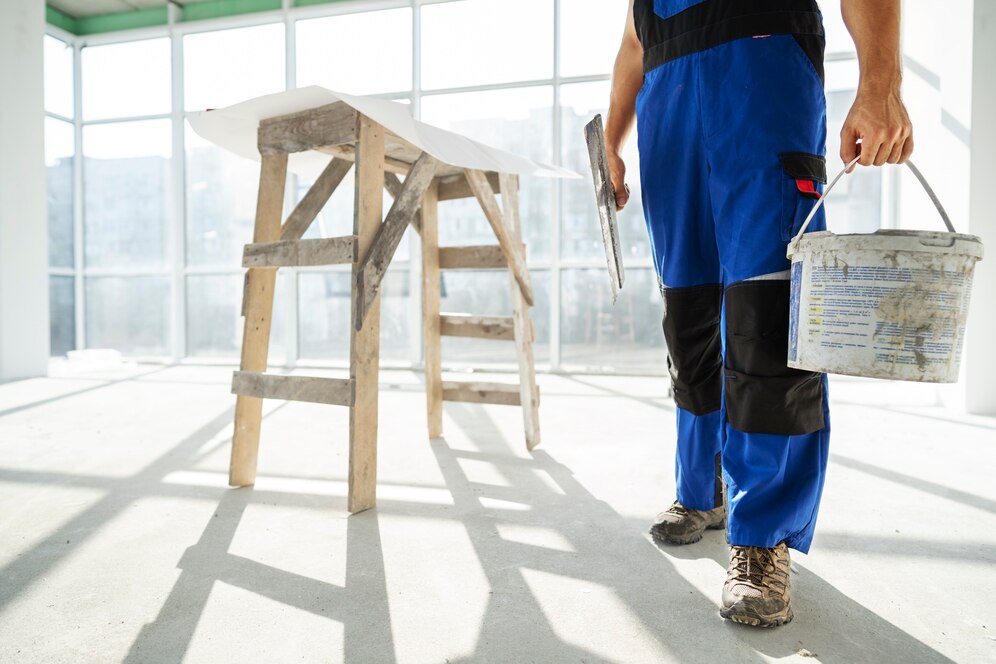
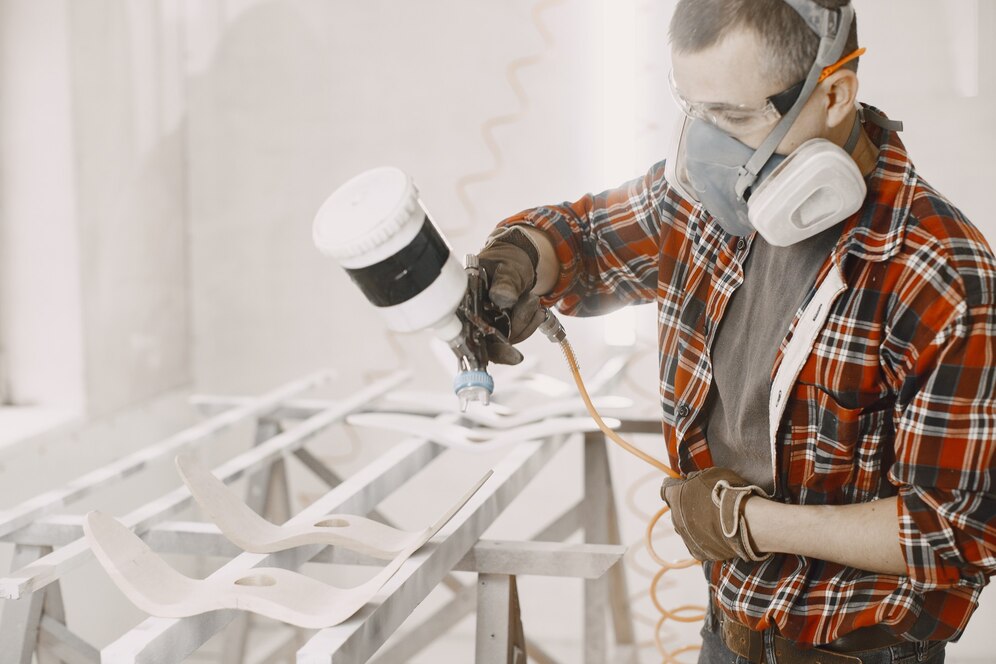
Professional Residential & Commercial Painting Services – Painter Squad
With extensive experience in residential and commercial painting, our skilled crews are experts at delivering high-quality results efficiently and to the highest standards.

Step 1: Initial Consultation

Step 2: Color and Design Consultation

Step 3: Surface Preparation
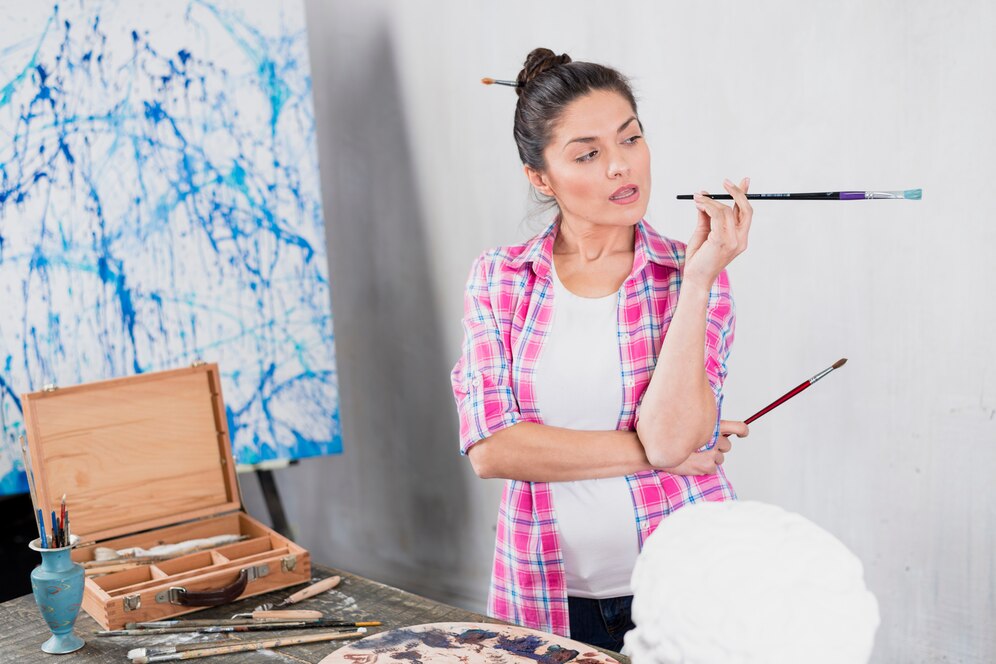
Step 4: Professional Painting
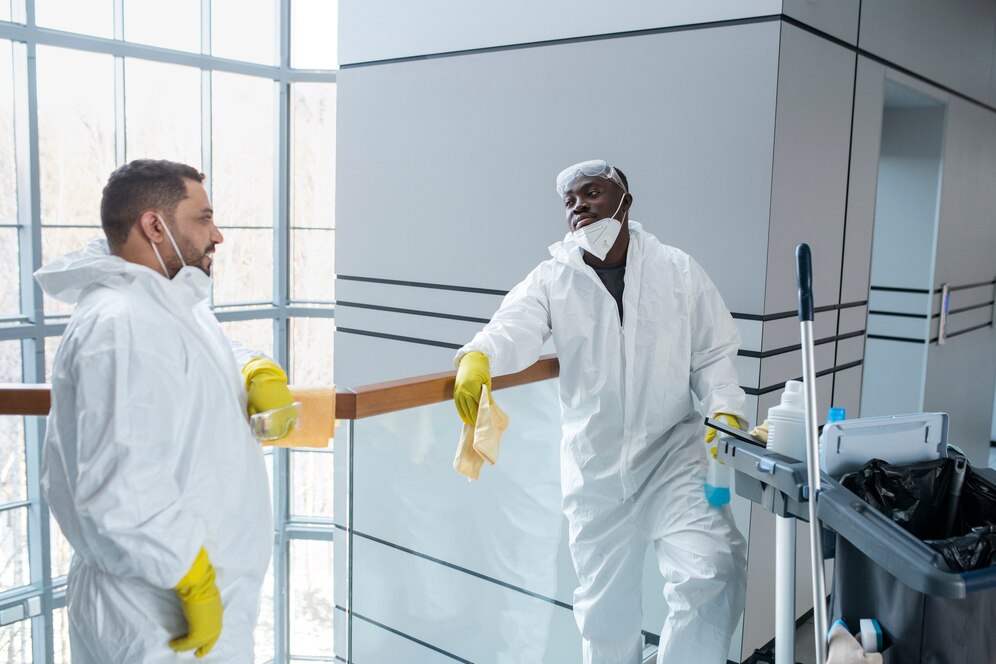
Step 5: Quality Assurance and Cleanup
How Residential & Commercial Painting Services Benefit You
- Enhance Property Value & Appeal: A fresh, high-quality paint job improves both curb appeal and property value. Whether you're looking to sell, rent, or simply refresh your space, a clean, professional look can make all the difference. A well-maintained, visually appealing property attracts buyers, tenants, and clients alike.
- Create a Lasting First Impression: First impressions matter, especially in business. A well-painted commercial space not only reflects professionalism but also helps establish your brand’s identity and attract more customers. For homeowners, the right color choices can make your space more welcoming and visually stunning.
- Advanced Painting Technology & Techniques: We stay up to date with the latest advancements in paint technology, tools, and techniques. Our team uses premium-quality, long-lasting paints, modern tools, and a variety of styles, textures, and finishes to ensure a flawless result tailored to your needs.
- Boost Comfort & Productivity: Colors have a powerful impact on mood and productivity. Whether you're creating a warm, inviting home or a workspace designed to enhance efficiency and morale, our experts can help you choose the perfect color palette to suit your goals.
- Flexible Scheduling to Suit Your Needs: We understand that convenience matters. Our team works around your schedule to ensure minimal disruption to your daily routine. Whether it's after business hours or at a time that suits your lifestyle, we ensure a seamless painting process without interfering with your operations.
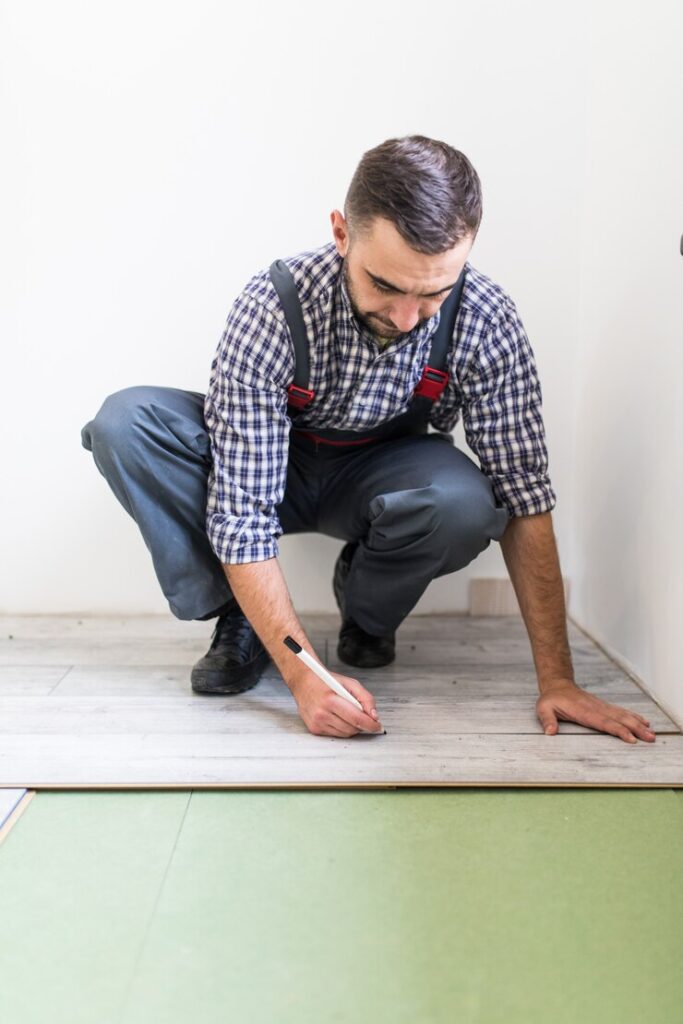
Book Your FREE Estimate Today!
Schedule a no-obligation consultation with Painter Squad today! Call us at 604-902-9936 or fill out our quick and easy form to get started on your painting project.
Why choose Painter Squad for your painting needs?
We Value Your Time
Painter Squad ensures your painting project is completed on time, with both efficiency and high quality. We minimize disruptions, providing a smooth and hassle-free experience so you can enjoy your beautifully refreshed space as quickly as possible.
We Respect Your Privacy
Painter Squad works with discretion, respecting your schedule and space. We maintain a clean work environment, provide accurate estimates, and complete projects efficiently—ensuring a smooth, hassle-free painting experience with minimal disruption to your home.
We Love Quality
At Painter Squad, quality is our top priority. We never compromise on excellence because we believe your home should reflect our craftsmanship. Each project is completed with precision, guaranteeing lasting beauty and complete satisfaction.
We Guarantee Quality
Painter Squad guarantees a flawless finish you'll be proud to showcase. With expert craftsmanship and a keen eye for detail, we ensure you'll love the results and enjoy your beautifully painted home for years to come.
Frequently Asked Question Residential & Commercial Painting
Estimating a residential or commercial painting job requires considering several factors to determine the cost and scope of work. Below are steps for estimating both types of painting projects:
1. Assess the Project Scope
Size of the Area: Measure the square footage of walls, ceilings, trim, doors, and windows that need painting.
For walls, measure height and length of each wall, and multiply to get the total area.
For ceilings, measure length and width and multiply.
For trim, doors, and windows, calculate their dimensions individually, as they often require different amounts of paint.
Condition of Surfaces: Inspect surfaces for any damage, dirt, or peeling. Additional surface preparation (like patching holes, sanding, or priming) will add to the cost.
Type of Paint: Decide on the type of paint, finish, and brand. Higher-quality paints are more expensive but may require fewer coats or last longer, which could reduce long-term costs.
Number of Coats: Estimate how many coats of paint are needed. Most jobs require at least two coats, but certain colors or types of surfaces might need more.
2. Prepare Labor Estimates
Labor Hours: Estimate how long the job will take based on the square footage and complexity of the surfaces. A rough rule of thumb for painters is:
For residential jobs, a painter can cover about 150-200 square feet of wall space per hour.
For commercial jobs, larger spaces may be painted more quickly due to the use of scaffolding or more workers, but may still require more manpower.
Number of Painters: Based on the estimated time, determine how many painters are needed and how many hours they will work. Larger jobs may need more painters to meet deadlines.
Hourly or Day Rates: Labor costs are typically either hourly or per day. Hourly rates for painters vary depending on location, experience, and type of work, but average anywhere from $25 to $75 per hour. Larger projects or commercial jobs may have a set day rate.
3. Factor in Materials
Paint: Calculate the number of gallons needed. Typically, one gallon of paint covers about 350 square feet of a flat surface for one coat. For textured surfaces, this may decrease.
Supplies: Include costs for primer, masking tape, drop cloths, brushes, rollers, ladders, scaffolding, and other necessary tools.
4. Add Surface Preparation Costs
Preparation Work: Surface cleaning, sanding, patching holes, priming, and caulking can add significant labor and material costs.
For example, scraping peeling paint or patching drywall cracks might require additional labor.
5. Consider Accessibility & Complexity
Height & Access: For commercial jobs, especially multi-story buildings, consider the need for scaffolding, lifts, or ladders. Higher and harder-to-reach areas require more time, equipment, and safety precautions.
Specialized Surfaces: Textured surfaces, like stucco or brick, or materials such as metal, require different painting techniques and may be more expensive.
6. Account for Job Complexity
Detail Work: Intricate trim, crown molding, or custom designs may require more time and expertise, thus affecting the estimate.
Multiple Colors: Using multiple colors or finishes (e.g., matte for walls, gloss for trim) can increase the complexity and material costs.
7. Apply Overhead & Profit Margin
Overhead Costs: Include your business expenses, like insurance, transportation, and administrative costs, typically adding 10-20% to the estimate.
Profit Margin: Add a markup for your business’s profit, typically 10-30%, depending on the market and competition.
8. Estimate for Residential Jobs
Example Calculation:
1,000 square feet of wall space to be painted.
1 gallon of paint covers 350 square feet (1 coat), so you would need approximately 3 gallons of paint for 1 coat.
If you need 2 coats, you would need 6 gallons of paint.
Labor: If 1 painter can cover 150 square feet per hour, the job will take about 7 hours for 1 coat. Multiply this by 2 for two coats.
If the painter charges $30 per hour, the total labor cost would be approximately $420 for labor.
Add costs for materials (paint, supplies, etc.), surface prep, and overhead to arrive at a total price.
9. Estimate for Commercial Jobs
Larger Scale: Commercial painting projects tend to involve larger spaces, often requiring additional crew members and equipment. For example, estimating a warehouse or office building may involve square footage, but you’ll also need to account for the building's height, number of rooms, and accessibility.
Time-Sensitive: Commercial projects may require faster completion, so you may need to consider overtime rates or additional shifts.
10. Provide a Detailed Estimate
Break down your estimate into categories:
Labor: Hours and rates
Materials: Paint, primer, supplies
Surface Preparation: Cleaning, patching, sanding
Additional Costs: Overhead, equipment, etc.
Terms: Specify the payment schedule (deposit, final payment), timeline, and scope of work to ensure transparency.
By carefully following these steps, you can provide accurate and competitive estimates for both residential and commercial painting jobs. Always communicate clearly with the client and adjust the estimate based on their specific needs and expectations.
Choosing the right time to paint your residential or commercial property is crucial for ensuring the paint job lasts, looks great, and is completed efficiently. There are several factors to consider when deciding on the timing of a paint job:
1. Weather Conditions
Ideal Weather for Painting:
Mild, Dry, and Moderate Temperature: The ideal temperature range for painting is typically between 50°F (10°C) and 85°F (29°C). This allows the paint to cure properly and helps prevent issues like cracking, peeling, or slow drying.
Low Humidity: High humidity can make it harder for the paint to dry and can also lead to issues like bubbling or streaking. It’s best to avoid painting during rainy or very humid days.
Avoid Extreme Heat or Cold:
Hot Weather: Painting in extremely hot weather can cause paint to dry too quickly, leading to an uneven finish.
Cold Weather: In cold conditions, paint can take longer to dry and cure, which may result in an unsatisfactory finish or the paint peeling off sooner.
Best Seasons:
Spring and Fall: These seasons offer more moderate temperatures and often have dry weather. In spring, the weather tends to be dry and mild, which is perfect for outdoor projects. Fall can also be ideal before temperatures drop too much.
Summer: In some areas, summer can be a good time to paint, but you need to watch out for heat waves, which may cause the paint to dry too fast.
Winter: In colder regions, winter is usually the least favorable time to paint exteriors because of the cold. However, interior painting is possible in winter as long as the space is well-heated and ventilated.
2. Timing Based on Project Type
Residential Painting:
Exterior Painting:
Spring and early fall are ideal because of the moderate temperatures. Exterior painting requires consistent dry weather, and these seasons typically provide that.
Interior Painting:
Any time of year is suitable, but consider painting when the house is less occupied or when the weather is colder, so you can keep windows open for ventilation.
Special Considerations:
Avoid rainy seasons for exterior work, as the paint will not adhere properly to wet surfaces.
For houses in areas with high pollen or dust, try painting in the late spring or fall when the pollen count is lower.
Commercial Painting:
Exterior Painting:
Similar to residential, late spring through early fall is best, especially for high-traffic areas. You’ll want to minimize disruption to business activities, so painting during off-hours or slower periods (like weekends or holidays) may be ideal.
Interior Painting:
You can paint the interior at any time of the year, but again, avoid busy periods for businesses. Plan the painting for times when the space is less in use, such as after-hours, weekends, or during holidays.
Favorable Conditions for Commercial Buildings:
Consider painting during renovation periods or when a building is being emptied for other improvements.
3. Time of Day
For Exterior Painting:
Morning or Late Afternoon: It's best to paint in the morning or late afternoon when the sun is not directly overhead. This allows the paint to dry properly and avoids extreme heat, which can cause the paint to dry too fast or leave streaks.
For Interior Painting:
Any time of day works, but be mindful of natural light. Bright daylight makes it easier to spot imperfections, while artificial light may hide issues until the paint dries.
4. Avoiding Peak Seasons
Weather-Related Peak Seasons:
Avoid scheduling your exterior paint job during extreme seasons, such as the peak of summer or the coldest part of winter.
Painter Availability:
During peak seasons, painting contractors might be busier, so it’s better to book early. If you can plan ahead and avoid these peak times, you'll likely get better availability and pricing.
5. When the Property is Ready for Painting
Preparation:
Make sure the surfaces are in the right condition for painting. Surfaces should be dry, clean, and free of any damage. Ensure any repairs are done before the painting starts.
For Exteriors:
Check for moisture: If the exterior has recently experienced a lot of rain or snow, ensure that the surfaces are dry before painting.
For Interiors:
Ensure any necessary repairs, like patching drywall or fixing holes, are done before painting starts.
6. Considerations for Business
Minimizing Downtime:
For commercial properties, you’ll want to minimize business disruption. Consider painting during off-hours or when the building is least occupied (e.g., weekends, holidays, or after business hours).
Events or Special Days:
If there are any events or busy periods in the commercial property (such as a retail store’s peak sales season), avoid painting during those times to ensure the property is in its best condition.
7. Budget and Scheduling
Plan Ahead: Painting projects should be planned in advance, especially for commercial properties or large residential properties, to ensure contractors are available.
Seasonal Discounts: Some painting contractors offer off-season discounts or pricing, especially in the colder months when demand is lower.
Conclusion
For residential exterior painting, spring and fall are usually the best times due to moderate temperatures and lower humidity.
For commercial properties, plan the project around your business’s schedule, considering slow seasons or times when the space is less in use.
For interior painting, it can be done year-round, but ensure the weather conditions are suitable for ventilation and drying. Keep in mind the convenience of timing for the property’s usage.
By considering these factors, you can ensure your paint job is completed at the best possible time, ensuring quality results and minimal disruption.
Temperature affects every aspect of painting, from drying time and adhesion to the overall finish of the paint. The ideal temperature range is between 50°F and 85°F (10°C and 29°C), where paint can dry and cure properly, giving you the best results. Both cold and hot weather pose challenges, such as slow drying in cold temperatures and quick drying in hot weather, which can affect the paint's finish and longevity.
When possible, avoid painting in extreme heat or cold, and always consider the weather and temperature before starting your project. If you work with painter squad, they can help manage some of these issues, ensuring that the job gets done efficiently, even in challenging conditions.
Hiring professional residential and commercial painters is a smart investment for anyone looking to achieve a high-quality, long-lasting paint job. Whether it's for interior or exterior painting, professionals bring their expertise, tools, and attention to detail, ensuring the job is done right the first time. They save you time, minimize the risk of mistakes, and provide peace of mind with warranties and insurance.
If you’re looking for smooth, flawless results, whether on a home or commercial property, hiring professionals is the best way to ensure that your paint job not only looks great but also stands the test of time.
While residential and commercial painting focus primarily on aesthetic appeal, industrial painting is about functionality and protection. The key differences lie in the scale of the project, the type of paint and coatings used, the preparation involved, and the environmental conditions each type of painting must endure.
- Residential painting focuses on beautifying homes and creating a comfortable living space.
- Commercial painting balances aesthetics with durability for businesses, often involving larger spaces and higher foot traffic.
- Industrial painting is all about extreme protection against harsh conditions, using specialized coatings and techniques to safeguard equipment and structures.
The time required to paint a residential or commercial building varies based on factors like size, preparation, weather, and crew size. Smaller homes can be completed in a few days, while larger buildings may take several weeks to finish. For commercial spaces, the scope of the work and number of people involved can also significantly affect the project timeline. Always plan for potential delays and discuss the schedule with your painter before starting the job to get a more accurate estimate based on your specific project.
If paint gets too hot, it can lead to several negative effects that impact the quality of the finish and the durability of the paint job. High temperatures during the application or curing process can alter the properties of the paint, causing it to dry too quickly, unevenly, or inconsistently.
The best time to paint your residential or commercial property is typically during the spring and fall when temperatures are moderate, humidity is low, and the weather is generally dry. Avoid painting during extreme heat or cold to ensure the paint adheres well and cures properly. For interior painting, you have more flexibility, but you should still be mindful of ventilation and humidity. Planning around your property’s schedule and ensuring that surfaces are ready to be painted will also contribute to a smoother, more efficient project.
If you’re unsure about the best timing for your specific project, it’s a good idea to consult with a professional painter who can help you plan the work based on weather and other considerations.
The types of residential and commercial painting services are vast and specialized to meet the specific needs of each space. Whether you’re looking to refresh the interiors of your home, protect a commercial building from the elements, or add a unique finish to a space, there are various services available, including exterior painting, interior painting, specialty finishes, surface preparation, and eco-friendly options. Professional painters can tailor the job based on your specific requirements, ensuring a smooth, high-quality result.
Using more expensive paint can absolutely make a residential or commercial painting project last longer. Premium paints offer better durability, coverage, resistance to environmental factors, and aesthetic longevity. Though the initial cost is higher, it can lead to long-term savings in maintenance, repairs, and touch-ups. However, it’s important to evaluate your specific needs and budget before making a decision, as some areas may only require standard paints, especially for low-exposure or temporary projects. Investing in quality paint ensures you’re not only getting a longer-lasting finish but also a more attractive and well-maintained property overall.





